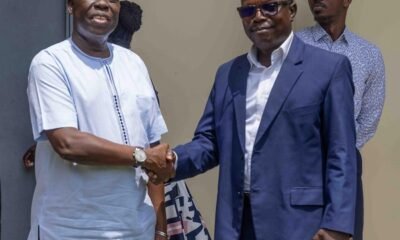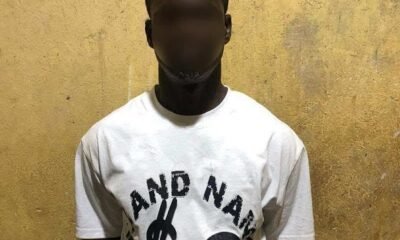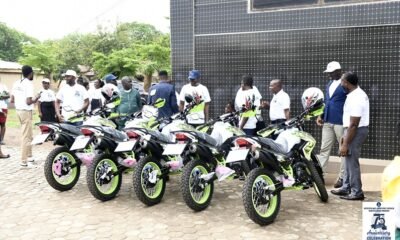News
President Akufo-Addo’s outlines achievements in Healthcare Infrastructure
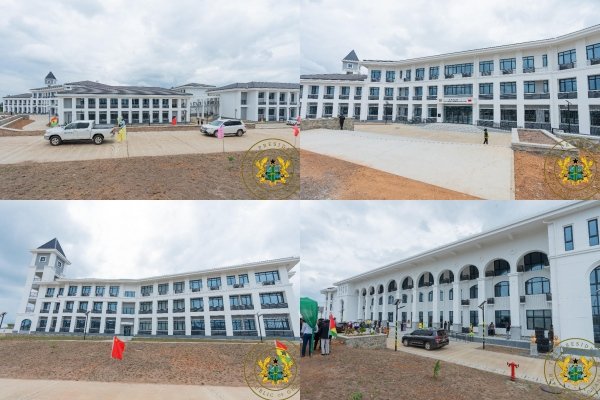
President Nana Addo Dankwa Akufo-Addo, during his acceptance speech for an Honorary Doctor of Science Degree from the University of Health and Allied Sciences (UHAS), highlighted the significant achievements of his administration in the healthcare sector.
With a total expenditure of over GH¢33 billion, the Akufo-Addo government has made remarkable strides in improving healthcare infrastructure across Ghana.
The President detailed the numerous healthcare projects completed under his administration, emphasizing the construction and equipping of polyclinics, hospitals, and specialized treatment centers.
These projects have been crucial in addressing the healthcare needs of various regions and improving the overall quality of healthcare services in the country.
“We have successfully constructed and equipped ten polyclinics in the Central Region, located in Ajumaku Bisease, Gomoa Dawurampong, Biriwa, Etsii Sunkwa, Binpong Egya, Gyamera, Mankrong, Akonfude, Ekumfi Naakwa, and Gomoa Potsin,” President Akufo-Addo announced.
He added that these facilities were completed and commissioned in August 2018, marking a significant step forward in regional healthcare.
In the Greater Accra Region, five polyclinics have been constructed and completed in Ogbojo (Adentan), Ashaiman, Bortianor, Oduman, and Sege, commissioned for use in May 2019.
The President also highlighted the completion of a nationwide TB case detection programme in August 2018, benefiting 48 facilities with essential equipment.
Additionally, the major rehabilitation and upgrade of the Tamale Teaching Hospital, Phase II, completed and handed over in February 2019, have significantly boosted healthcare delivery in the Northern Region.
“We have constructed ten treatment and holding centers, with two of these facilities located in Aflao and Keta, here in the Volta Region,” President Akufo-Addo mentioned, emphasizing the comprehensive approach his administration has taken in addressing healthcare needs across the country.
Moreover, the President detailed the construction of regional and district hospitals by the Egyptian company, Euroget.
Notable among these projects are the Wa Regional Hospital, commissioned in August 2019, the Ga East Municipal Hospital (Kwabenya) in November 2019, and the Nsawkaw, Tepa, Twifo-Praso, and Konongo District Hospitals, commissioned between 2021 and 2022. These facilities have greatly enhanced healthcare services in their respective regions.
The Bekwai District Hospital, commissioned in November 2020, is currently operational, serving the people of Bekwai. The University of Ghana Medical Centre (Phase II), commissioned on 24th December 2021, has boosted medical research and treatment capabilities.
Additionally, district hospitals and polyclinics in Sawla, Tolon, Somanya, Buipe, Wheta, and Bamboi were completed and handed over in February 2021, augmenting primary healthcare across various communities.
The President also mentioned the expansion of radiotherapy and nuclear medicine services at both Korle Bu Teaching Hospital and Komfo Anokye Teaching Hospital, enhancing cancer treatment capabilities.
District hospitals and integrated IT systems in Dodowa, Fomena, and Kumawu were completed and commissioned as of July 2024, further modernizing healthcare infrastructure.
Several projects have been completed and are awaiting commissioning, including public health facilities in the Western Region, the Bolgatanga Regional Hospital Phase III, and twelve district hospitals in the Eastern, Ashanti, Ahafo, and Greater Accra Regions.
The Urology and Nephrology Centre of Excellence at Korle-Bu Teaching Hospital and various treatment and holding centers are also in the final stages.
Ongoing projects slated for completion by December 2024 include additional treatment and holding centers, staff accommodation at Dodowa, refurbishment of Effia Nkwanta research laboratory, and a paediatric clinic in Weija-Gbawe municipality.
The government is also constructing a training facility for the National Ambulance Service at Nkenkasu in the Ashanti Region and equipping the Komfo Anokye Teaching Hospital Maternity and Children’s Block.
Furthermore, the President highlighted the Agenda 111 initiative, which aims to provide 101 standard 100-bed district hospitals, six new regional hospitals, and two psychiatric hospitals at an estimated cost of $1.765 billion.
The average completion rate of the ongoing Agenda 111 projects is 65%, with some sites nearing 80% completion.
He noted that these projects are being undertaken by indigenous Ghanaian contractors, providing direct and indirect jobs to Ghanaians.
Upon completion, the Agenda 111 hospitals will employ approximately 67,635 people, significantly boosting employment in the healthcare sector.
In addition to infrastructure development, the Akufo-Addo government has recruited 202,527 medical personnel since 2017, including doctors, nurses, support staff, pharmacists, medical herbalists, and allied health professionals.
The National Health Insurance Scheme has also seen a resurgence, with active membership increasing from 10.6 million in 2016 to 17.9 million at the end of 2023.
“Our work is far from complete. We are committed to continuing our efforts to improve healthcare delivery across the country, with the ultimate goal of achieving Universal Health Coverage (UHC) by 2030,” President Akufo-Addo affirmed.
The President’s speech highlighted the significant progress made in healthcare infrastructure under his administration, reflecting a commitment to ensuring access to quality healthcare for all Ghanaians and laying the groundwork for a brighter, healthier future.
News
‘Thousands of Ghanaian women suffering from Obstetric Fistula’
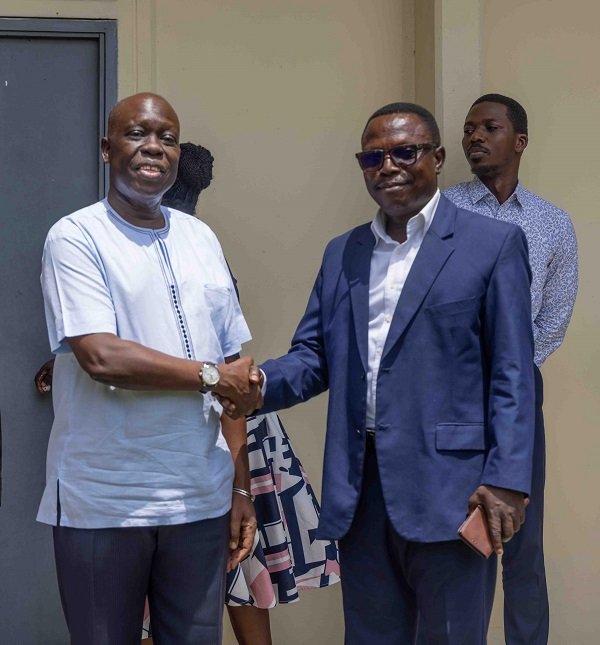
Thousands of Ghanaian women continue to suffer in silence from Obstetric Fistula (OF) due to inadequate access to surgical treatment, the United Nations Population Fund (UNFPA) has revealed.
Dr Wilfred Ochan, UNFPA’s Country Representative, disclosed that over the past decade, Ghana has accumulated a backlog of more than 12,000 untreated cases, despite recording an estimated 1,300 new cases each year.
He made the remarks during a visit to the New Times Corporation (NTC) in Accra to mark the International Day to End Obstetric Fistula (IDEOF).
“Only 1,000 repairs have been done in 10 years. That leaves thousands of women isolated, in pain, and excluded from society due to a condition that is both preventable and treatable,” Dr Ochan said.
He stressed the need for greater investment in surgical capacity, public awareness, and partnership, especially with the private sector— to accelerate Ghana’s efforts to eliminate the condition by 2030.
Obstetric Fistula results from prolonged or obstructed labour without timely medical care, causing a hole between the birth canal and bladder or rectum, leading to continuous leakage of urine or faeces. The consequences include stigma, chronic incontinence, and often, the death of the baby.
To help close the treatment gap, the UNFPA is working with health institutions including the Komfo Anokye and Cape Coast Teaching hospitals to scale up surgeries and outreach.
“We must not allow women to suffer lifelong trauma for simply trying to give life,” Dr Ochan urged.
The Managing Director, Mr Martin Adu-Owusu, pledged NTC’s support in raising public awareness and promoting maternal health initiatives.
“We are ready to collaborate with you to ensure that maternal deaths and issues affecting women come down to the barest minimum so that together we can achieve the UN goal to eliminating Obstetric Fistula by 2030,” he said
By Esinam Jemima Esinam
News
Inflated prices of Abaya, Jalabiya on Eid-al-Adha celebration
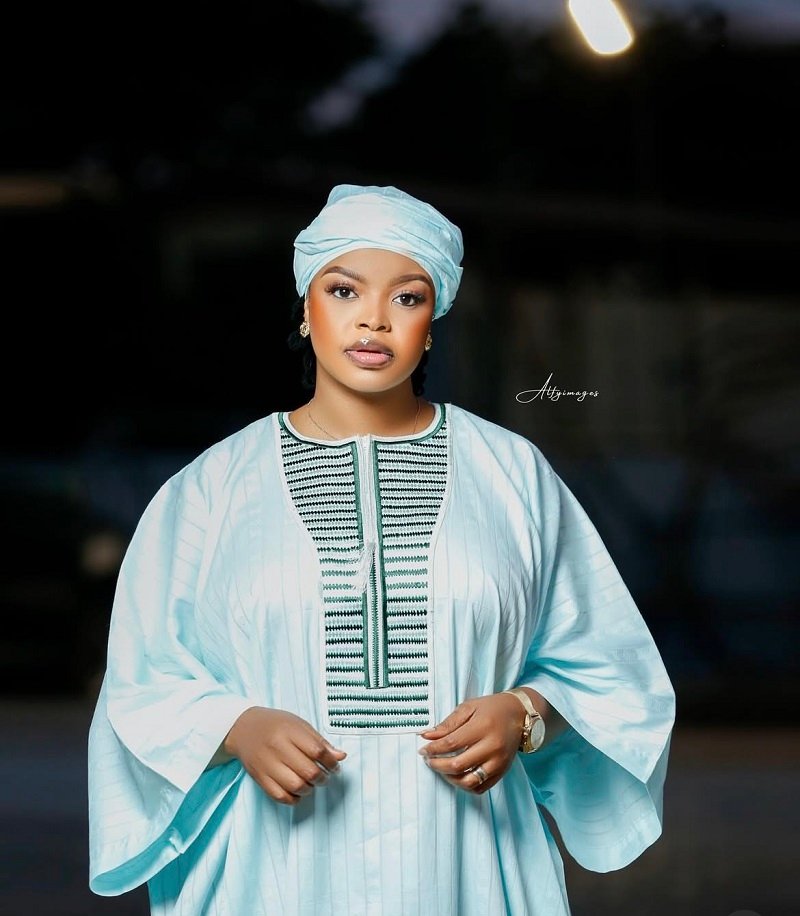
Muslims in Ghana and all over the world yesterday observed the Eid-al-Adha celebration.
It falls on the first day of Shawwal, the 10th month of the Islamic calendar and is celebrated by Muslims to mark the end of the month-long dawn-to-dusk fasting of Ramadan.
The build up to yesterday’s edition was characterised by a high demand for traditional Islamic attire here in Tamale, leading to a sharp rise in prices.
Checks by The Spectator from the various markets in the Tamale area revealed that prices for popular outfits like the Abaya, Jalabiya, and Kaftan have skyrocketed within the period.
Although there is no prescribed outfit for the celebration, many Muslims in Tamale traditionally choose modest and loose-fitting garments that reflect Islamic values.
Abayas and Jalabiyas often imported from Turkey, Dubai, Egypt, and Northern Nigeria have become particularly the most sought-after attires, resulting in the price hikes.
Currently, prices for men’s attire range from GH₵250 to GH₵800 while women’s outfits are selling from GH₵350 to GH₵1000.
Children’s garments are also not left out of the pricing craze. Bargaining for the youngsters starts from GH₵150.
Hajia Naila Abdul Karim, owner of ‘Cover with Style,’ confirmed a significant surge in sales in the holy month.
“Each day, more than 20 people, mostly women walk into the shop. We also send over 40 parcels daily to customers across the country,” she stated.
She attributed the price increases to the cedi’s depreciation and a recent shortage of Turkish imports, noting that most of her stock now comes from Dubai.
Hamdia Kamil, a loyal customer, shared her experience: “Two years ago, I bought an Abaya for GH₵350. This year, it’s GH₵650. I had no choice because it’s a special occasion and I want to feel good. Still, I hope the dresses are made affordable so others can also celebrate in style.”
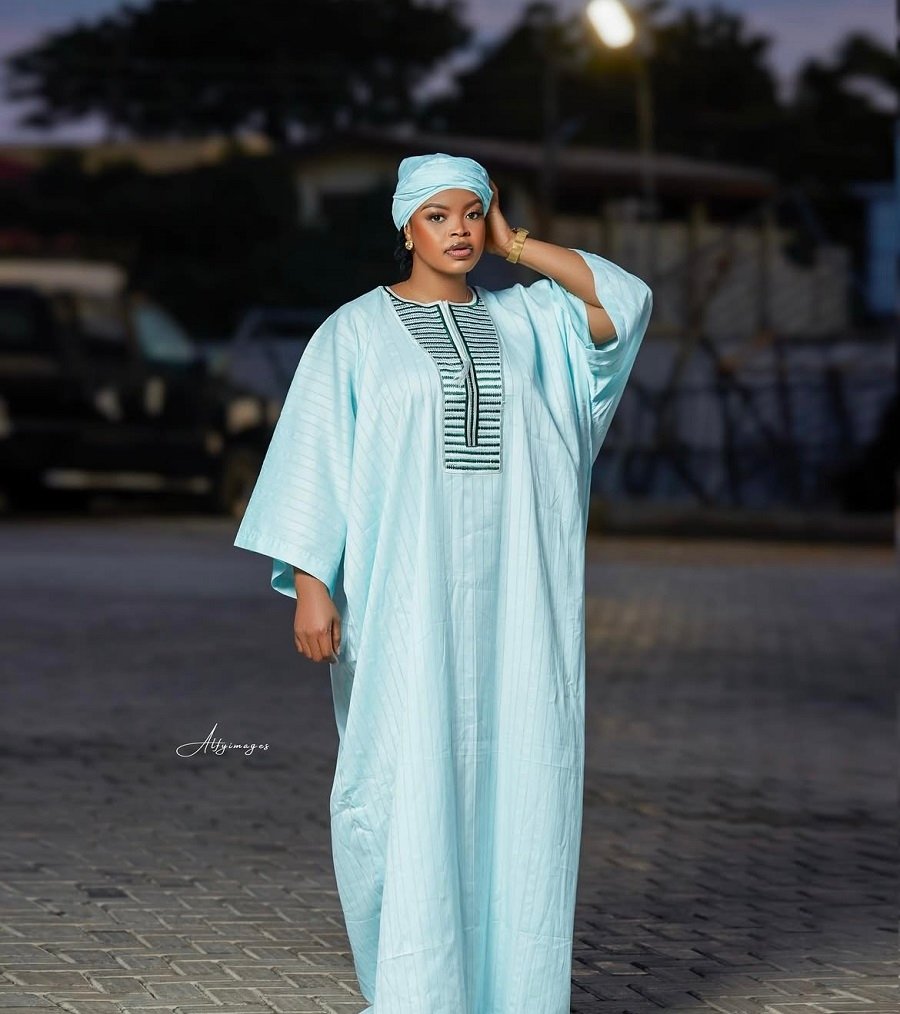
At Baby Last Closet in Sakasaka, another fashion outlet, prices for women’s outfits range from GH₵350 to GH₵1,300, while men’s attire goes from GH₵250 to GH₵1,000.
“Some customers complain about the cost, but because it’s Ramadan, many still go ahead and buy,” said the shop owner.
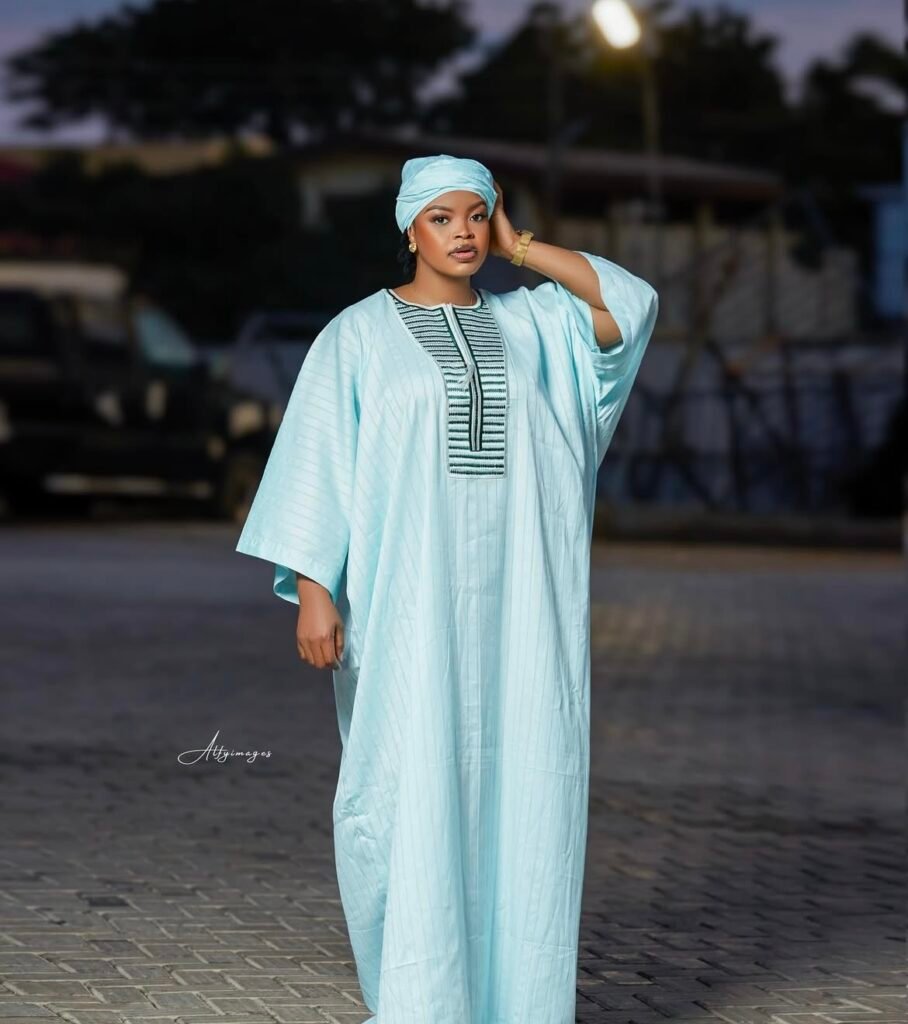

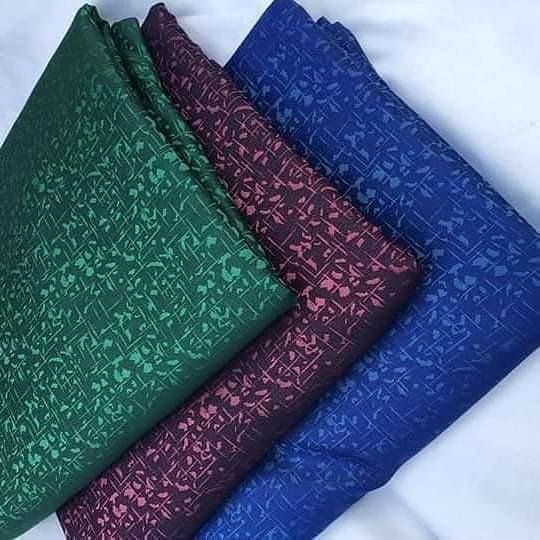
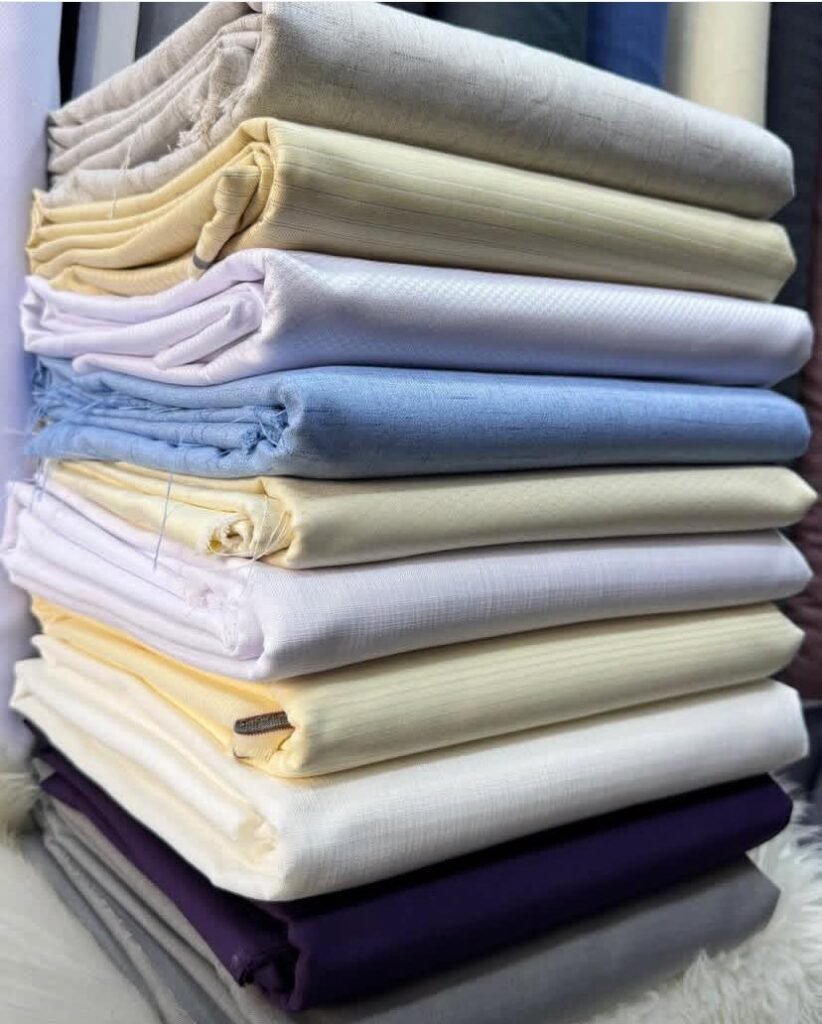

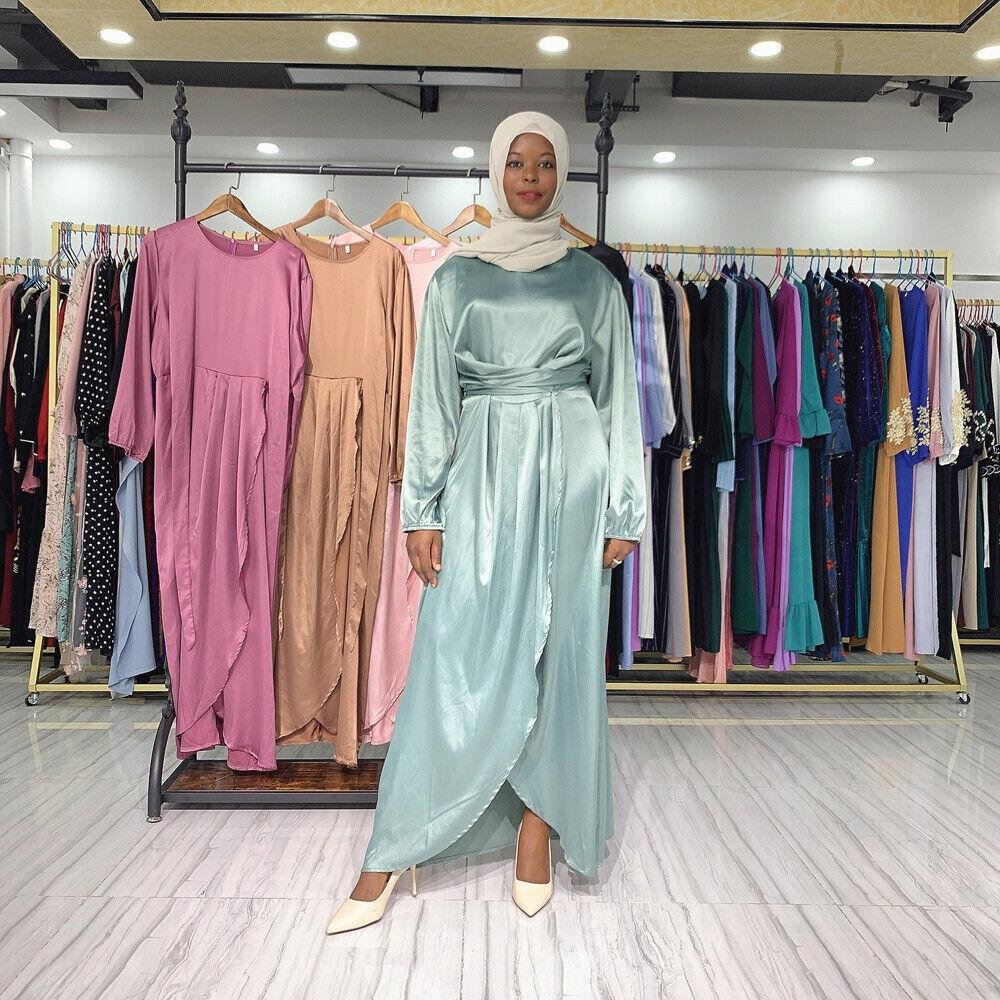
Similarly, Mandy’s Haven at Zogbeli sells exclusively for Eid celebrations, dealing in high-end Abayas, Jalabiyas, and Kaftan materials. Prices there reflect quality and origin, with female attire ranging from GH₵450 to GH₵5,000, and kaftan fabric sold at GH₵200 per yard.
For many, including resident Iddrisu Suale, the holy month remains a sacred period despite the economic pressures. “Things are expensive this year, but I still want to make the day special for my children. I plan to get them Abayas and Jalabiyas from Egypt,” he indicated.
Despite the bustling nature of preparation and the high cost of goods, resident expressed optimism of having a good time in observing the deep spiritual significance of the occasion.
Story & photos by Paul Dery


